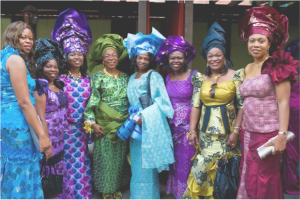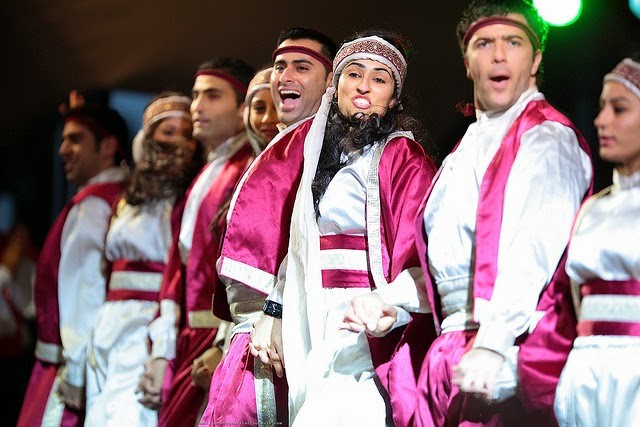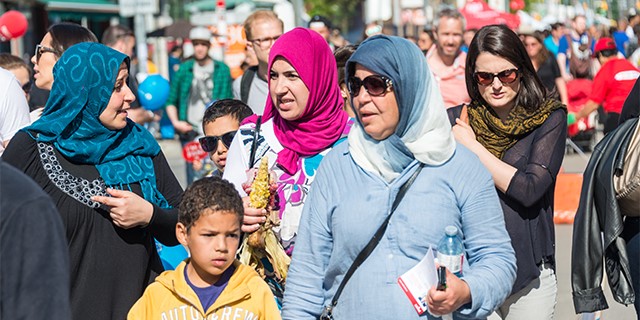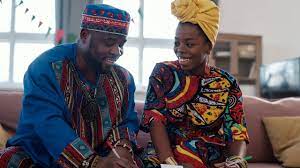The diverse ethnic groups in Nigeria make the people of the country have different traditional attires and cultures. These attires tend to be worn on some special occasions such as religious meetings and traditional weddings. The most common traditional attires of the Nigerians include the Agbada, Gele, the Edo, Igbo, and the Yoruba dressing code.
The Agbada is commonly worn by different ethnic communities, and every community that wears it has given it a different name: For example, the Maghrebi Arabic language calls it darra’a, the Yoruba and Dagomba name it Agbada, and the Wolof call it Mbubb (traditional Nigerian clothes). It was adopted from the Hausa community. It is common attire for the West and North African men. It is a wide-sleeved robe made up of three clothing pieces that include a long-sleeved shirt, an open-stitched full-grown, and Sokoto, which is a pair of trousers that is wide from the hips and narrows towards the leg’s ankle. The cloth is sewed from cotton or modern synthetic clothes that resemble silk.

Gele is a popular traditional large headscarf for women used on various occasions as an ornamental head covering or a fashion accessory. It is usually wrapped on a woman’s head. The cloth can also be worn daily at home. During wedding ceremonies, gele cover’s a woman’s hair and ears and exposes the face and the earrings. The Igbo people’s dressing code comprised of the isiagu for men and embroidered puff sleeve blouse having two wrappers and a headscarf for women (traditional Nigerian clothes). The isiagu top normally has patterns that have some lion heads. It is embroidered with Igbo clothing and is worn with traditionally stripped hast and a pair of trousers. Women will wear white wrappers on their shoulders.
Yoruba dressing code is gender-sensitive with the belief that the kind of attire one wears portrays one’s personality and social status. Yoruba men have different and many types of native trousers such as the sooro and the kembe. The sooro are pants that are streamlined, while the kembe are ¾ baggy pants. They also wear caps which include the Onide, Gobi, tinko, labankada, oribi and the alagbaa. They will typically add different types of accessories to their agbada outfit. Women will wear various kinds of dresses such as the Buba and the iro that match the gele.
Bubas is a loosely-fitting blouse that is long-sleeved, and its neckline is either round or V-shaped (traditional Nigerian clothes). The blouse is normally long and will fall slightly below a woman’s waistline. The iro, on the other hand, are long skirts wrapped around a woman’s waistline. The skirt is normally rectangular. It is wrapped around a woman’s waist and tucking it in at its end.
The Edo dressing code can be found in the country’s delta region. The beads that they used are known to show royalty and freedom to the Edo people. The traditional gowns and suits of the men are normally accompanied by two types of coral beads; the ivie and the ekan. Edo men are traditionally known to wear a white multi-colored striped fabric t-shirt or shirt. During the wedding ceremonies, the community’s attire included the okuku, beaded necklaces and accessories, and vibrant colored fabrics.



